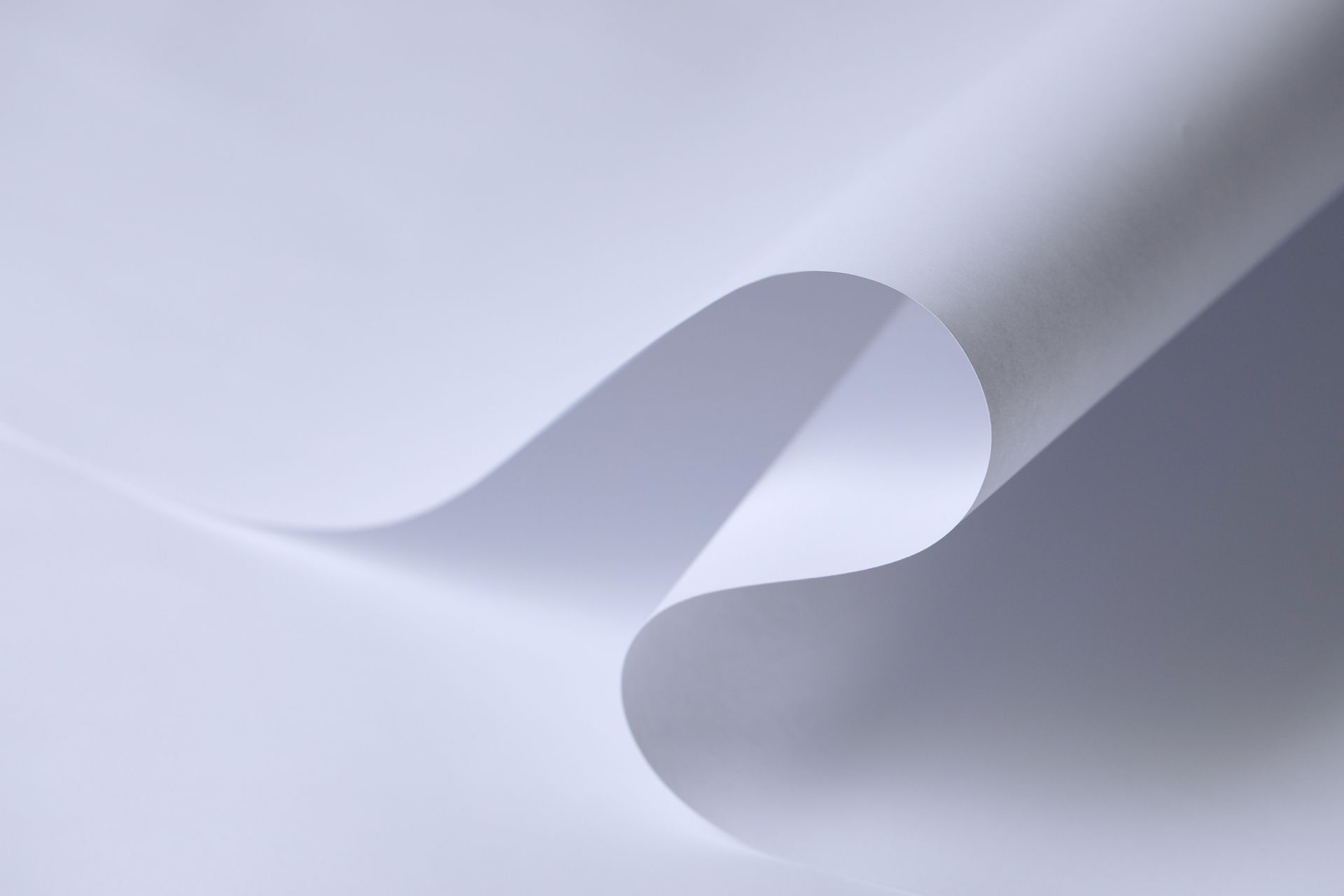THE IRA and You
- KRAIG SINGLETON
- Sep 6, 2022
- 2 min read

The recent passage of the Inflation Reduction Act or IRA was headlined by the increased funding to the IRS. However, there were several other tax related provisions that could have a more immediate effect on the individual taxpayer.
The act included multiple provisions aimed at creating or extending credits that offer clean and efficiency incentives for individuals. This included the following credits being created or extended.

Energy Efficient Home Improvement Credit – Formerly the Nonbusiness Energy Credit- the credit now includes property placed in service before Jan. 1, 2033. In addition, the IRA increases the credit amount to 30% (previously 10%) of the sum of the amount paid or incurred by the taxpayer for qualified energy improvements installed during the year and the amount of the residential energy property expenditures paid or incurred by the taxpayer during that year.
Residential Clean Energy Credit- Previously under this credit Individuals were allowed the residential energy efficient property (REEP) credit for solar electric, solar hot water, fuel cell, small wind energy, geothermal heat pump and biomass fuel property installed in homes in years before 2024. This has now been extended to Jan 1st, 2033, and it increased the credit amount to the following:
30% for property placed in service after Dec. 31, 2019, and before Jan. 1, 2033
26% for property placed in service after Dec. 31, 2032, and before Jan. 1, 2034
22% for property placed in service after Dec. 31, 2033, and before Jan. 1, 2035

Clean Vehicle Credit This renamed credit eliminates the number of vehicles (manufacture sales) requirement for vehicles sold after Dec. 31, 2022. The credit for new qualified vehicles can be as high as $7,500. A qualified vehicle must have final assembly in North America (this includes specifications on the manufacturing and assembly of the battery) meet critical mineral requirements and have a minimum battery capacity of seven kilowatt-hours. In addition, the manufacturer’s suggested retail price (MSRP) for vans, SUVs, and trucks cannot exceed $80,000 and for any other vehicle $55,000. A list of eligible vehicles is available on the U.S. Department of Energy website. However, unlike the prior credit, the clean vehicle credit is limited by the taxpayer’s MAGI. The threshold amounts are $300,000 (MFJ or QW), $225,000 (HOH) and $150,000 for all others.
Credit for Previously owned clean vehicles -The IRA adds a credit for taxpayers who purchase a previously owned clean vehicle after Dec. 31, 2022, and before Jan. 1, 2033. The credit is the lesser of $4,000 or 30% of the vehicle’s sales price. The sales price is limited to $25,000 and the transaction must be through a dealer. A MAGI limitation also applies for a previously owned clean vehicle. The threshold amounts are $150,000 (MFJ or QW), $112,500 (HOH) and $75,000 for all others.
Now these are just a few of the provisions included in the IRA. We recommend you consult a tax professional for further details on these credits and how they could provide you tax savings.


Commentaires